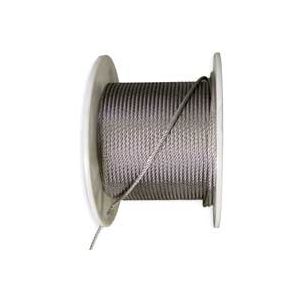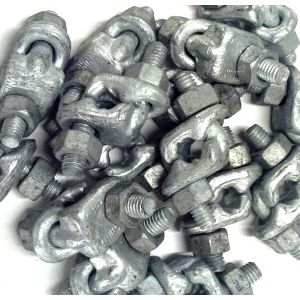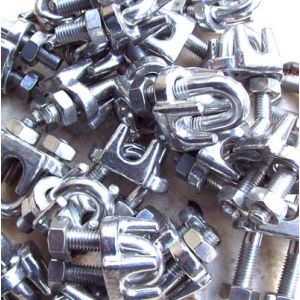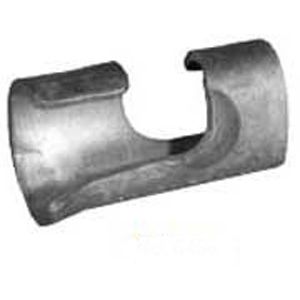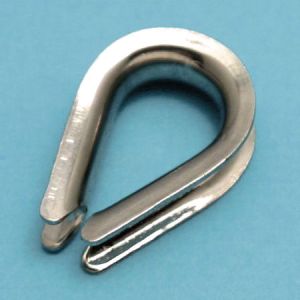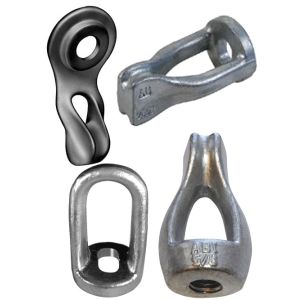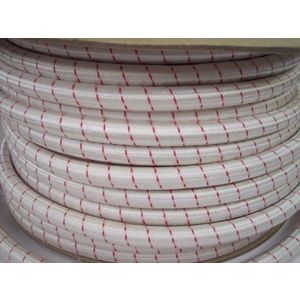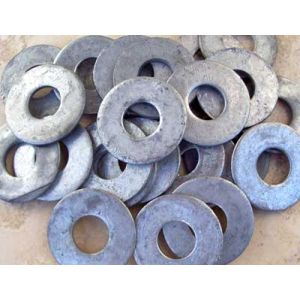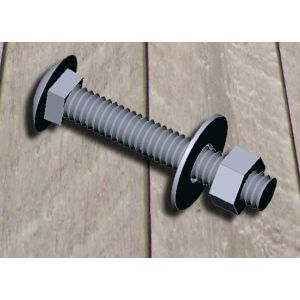Back to Top
Search results for: 'Double Zip Line Tether Sewn99999' union select unhex(hex(version())) -- 'x'='x'
-
Wire Rope_Ropes Course_Zipline Cable: 1/4" Wire RopeAs low as $0.66Our Galvanized Aircraft Zip Lining Cable is made in accordance with Federal Specification RR-W-410D, meeting the dimensional and strength requirements of MIL-W-83420D. Learn More
-
Wire Rope_Ropes Course_Zipline Cable: 5/16" Wire RopeAs low as $0.68Our Galvanized Aircraft Zip Lining Cable is made in accordance with Federal Specification RR-W-410D, meeting the dimensional and strength requirements of MIL-W-83420D. Learn More
-
Wire Rope_Ropes Course_Zipline Cable: 1/2" Wire Rope$2.20Our Galvanized Aircraft Zip Lining Cable is made in accordance with Federal Specification RR-W-410D, meeting the dimensional and strength requirements of MIL-W-83420D. Learn More
-
Wire Rope_Ropes Course_Zipline Cable: 3/8" Wire RopeAs low as $0.79Our Galvanized Aircraft Zip Lining Cable is made in accordance with Federal Specification RR-W-410D, meeting the dimensional and strength requirements of MIL-W-83420D. Learn More
-
-
Cable Clamps: Stainless Steel Cable ClampsAs low as $10.45Stainless Steel Cable clamps are ideal for use in salty and acidic environments like zip lining close to oceans or salt lake. These are durable and outlast Drop Forged clamps in harsh environments. Learn More
-
Serving SleevesAs low as $2.26Serving Sleeves, These are usually in a 1x7 configuration: 1 bundle of 7 strands. Cable used in ropes courses and zip lines is usually 7x19 or 6x24: Much more flexible Learn More
-
Thimbles: Stainless Steel ThimblesAs low as $1.32Stainless Steel Thimbles, When the zip line wire rope is terminated with a loop, there is a risk that the wire rope can bend too tightly, especially when the loop is connected to a device that spreads the load over a relatively small area. Learn More
-
EYE NUTS and EYELETS$10.56EYE NUTS and EYELETS, Eyelets, also known as Bolt Eyes, are used under the head or nut of a bolt. All are compatible with the strength of the bolts used with them. Learn More
-
Bungee Cord Shock CordAs low as $27.50Nylon Shock Cord consists of a stranded rubber core covered with braided fiber resulting in an elastic cord with consistent stretch and strength. The durable "bungee type" cord is covered with nylon. Learn More
-
Round Washers: galvanized washersAs low as $0.33Used as spacers or supports under screw or bolt heads. Our washers are heat treated galvanized. Learn More
-
/12" Carriage Bolt w/Nut & WasherAs low as $1.82Carriage Bolt w/Nut & Washer, The square neck under the round head will seat into the hole in the wood to prevent the head from turning. Because they are used with wood, carriage bolts are rarely high strength and virtually always supplied in a standard ASTM A307 specification. Learn More


